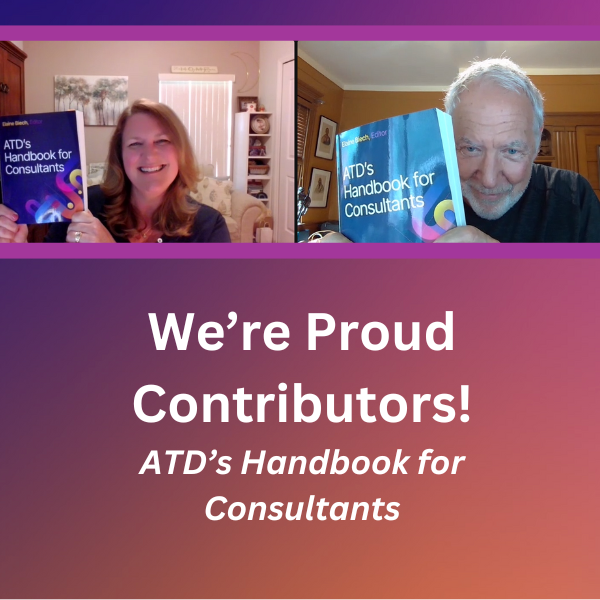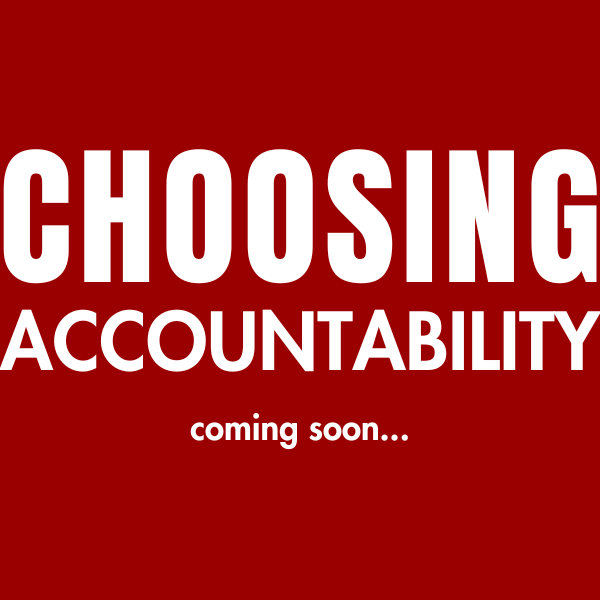In our pursuit of more equitable, sustainable, and community-oriented systems, we often overlook a crucial element: how we come together. At Designed Learning®, we believe that the way we convene can be as transformative as the work itself. Our “Leader as Convener” program offers a paradigm shift in how we perceive and address societal issues, reimagining leadership for the common good.
This approach advocates for reimagining our relationships with human capital, natural resources, financial systems, and social connections. It calls for an end to commodifying humanity, a renewed respect for nature, a reevaluation of financial practices, and the building of social capital through trust and citizen engagement.
Whether you’re an impact investor, a foundation catalyzing systemic change, or an NGO empowering communities, the way you bring people together matters. Traditional hierarchical leadership often falls short in addressing complex, interconnected challenges. Leader as Convener offers a new perspective, emphasizing focusing on gifts rather than deficiencies, possibilities over problem-solving, and balancing covenants with well-structured contracts to ensure both relational trust and clear expectations.
Envision meetings where power dynamics are neutralized, every voice is heard, and authentic commitment replaces lip service. Picture conversations that move beyond problem-solving to possibility thinking, where diverse strengths are recognized and leveraged. This is the essence of our program.
Leader as Convener equips leaders with skills to facilitate Six Conversations That Matter®:
- Possibility: Shifting from problems to potential
- Ownership: Moving from blame to accountability
- Dissent: Encouraging healthy disagreement
- Commitment: Transforming intentions into action
- Gifts: Utilizing diverse strengths
- Invitation: Extending genuine, inclusive calls to participate
This approach encourages leadership by convening and motivating citizens to actively participate in shaping their communities and narratives. For those in urban development, manufacturing, or sustainability, it boosts collaboration with diverse stakeholders, fostering inclusive decision-making for economic development and business associations. Academic institutions studying sustainable development gain a new perspective for effective community engagement. In large corporations, this approach shifts traditional hierarchies to more collaborative environments, enabling managers to facilitate meaningful conversations, foster team ownership, and ensure all voices are heard. This results in greater employee engagement, improved decision-making, and innovative problem-solving.
This program isn’t just about improving meetings; it’s about transforming how we work together to create change. It’s about building trust, fostering belonging, and creating conditions for true collaboration and innovation. By focusing on gifts and possibilities, we can create a more inclusive and sustainable future.
As we face unprecedented challenges in creating equitable and sustainable systems, we need new ways of leading and convening. Leader as Convener offers a path forward, helping us harness our collective wisdom and power to create the future we envision. It’s a call to action for all of us to rethink our roles in society and at work, and how we can contribute to positive change.
Article by Derek Peebles.
Learn more about Leader As Convener by downloading this free eBook by Peter Block.




